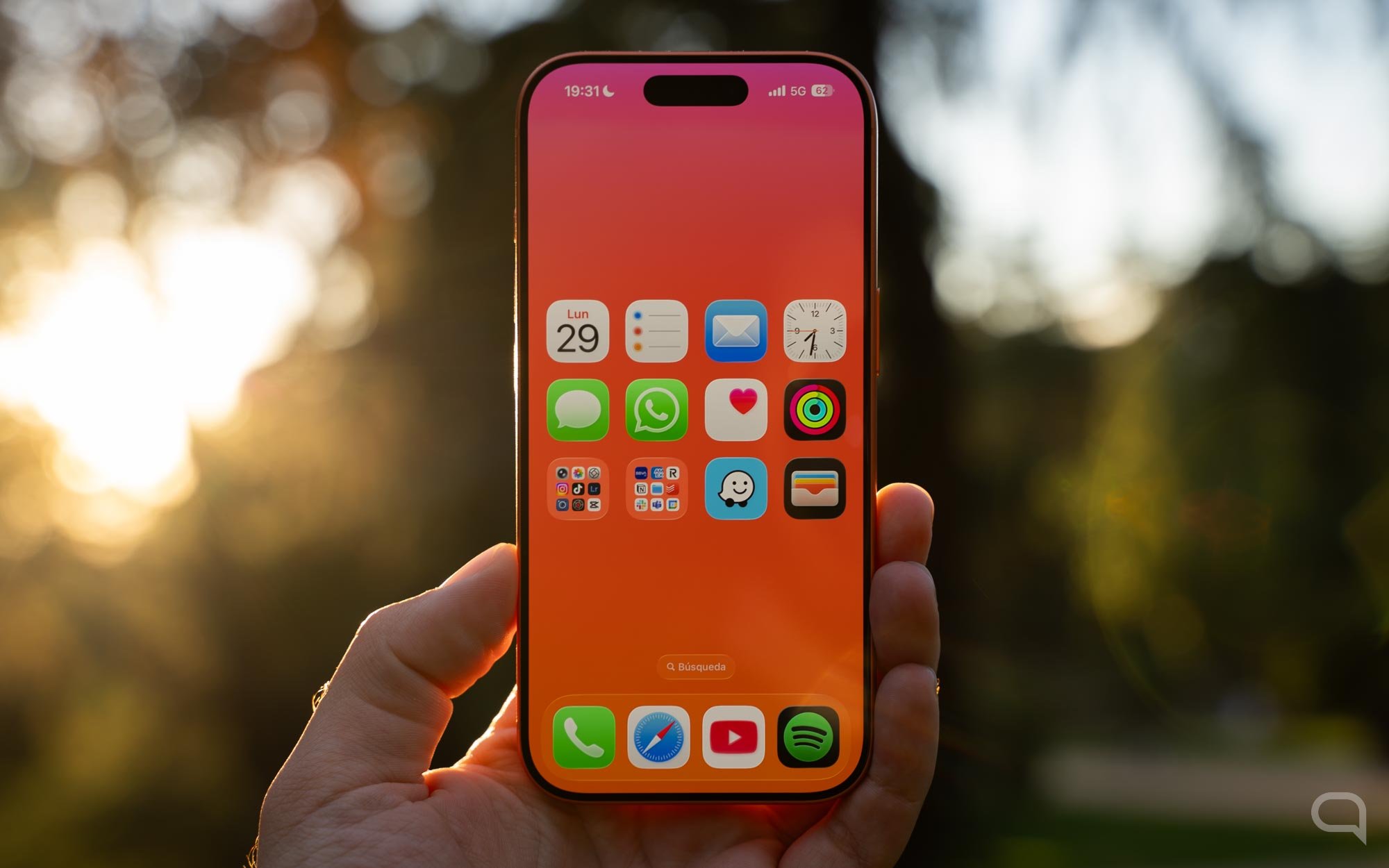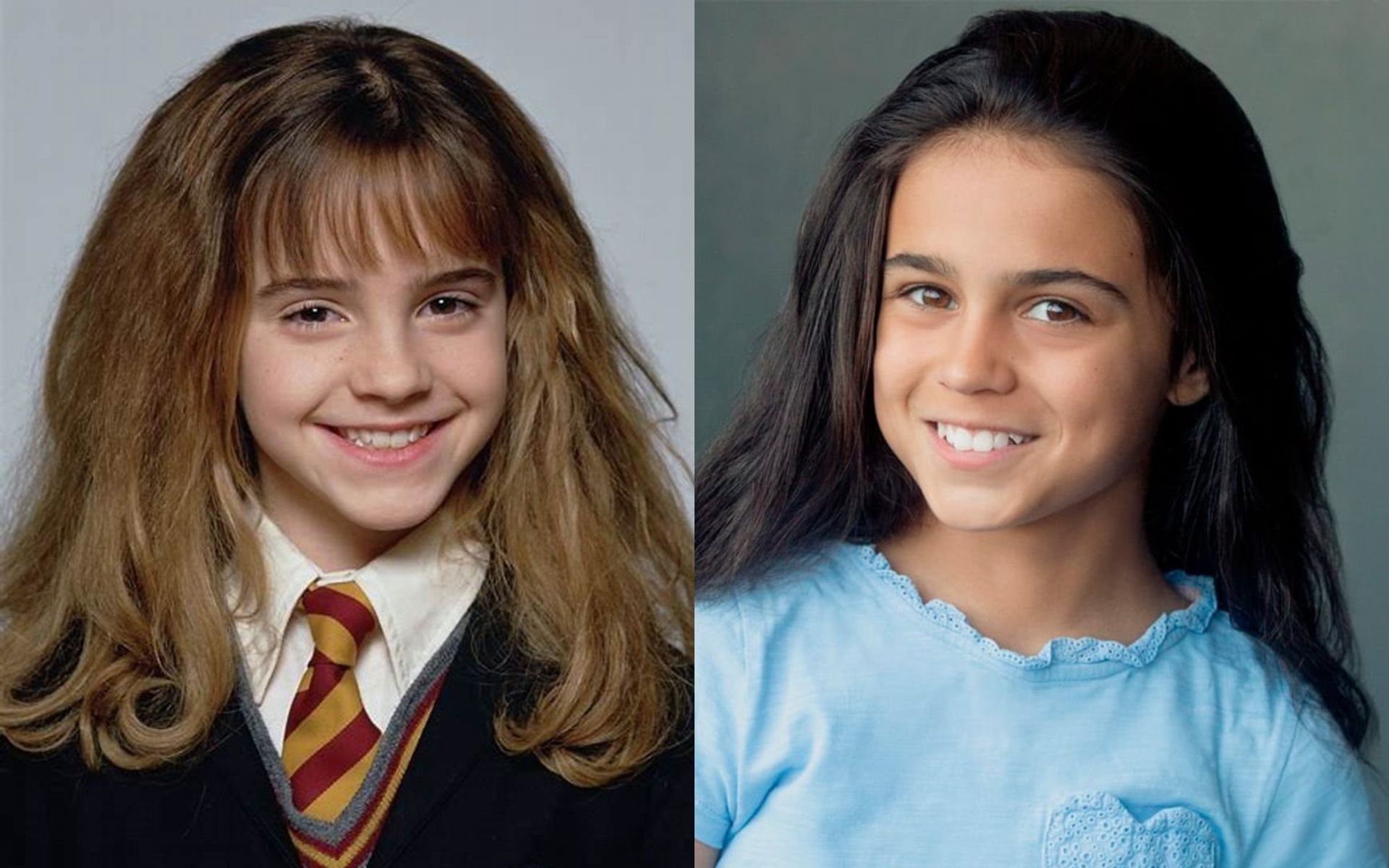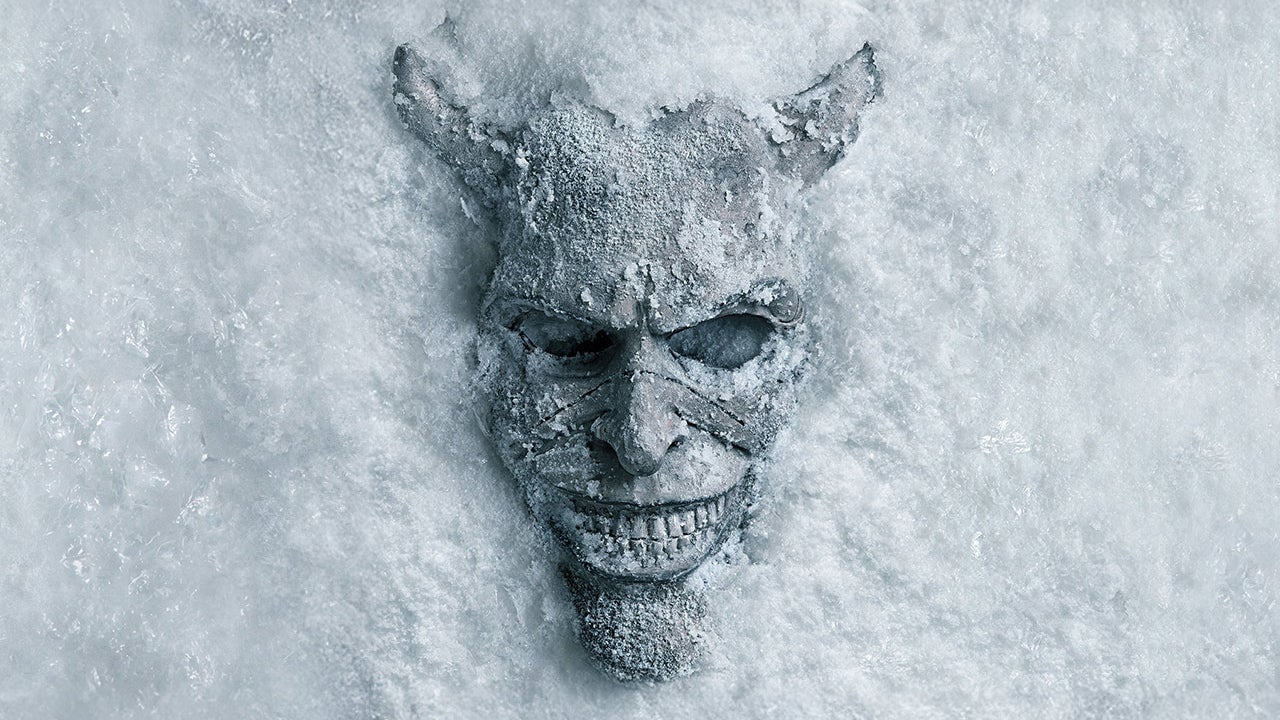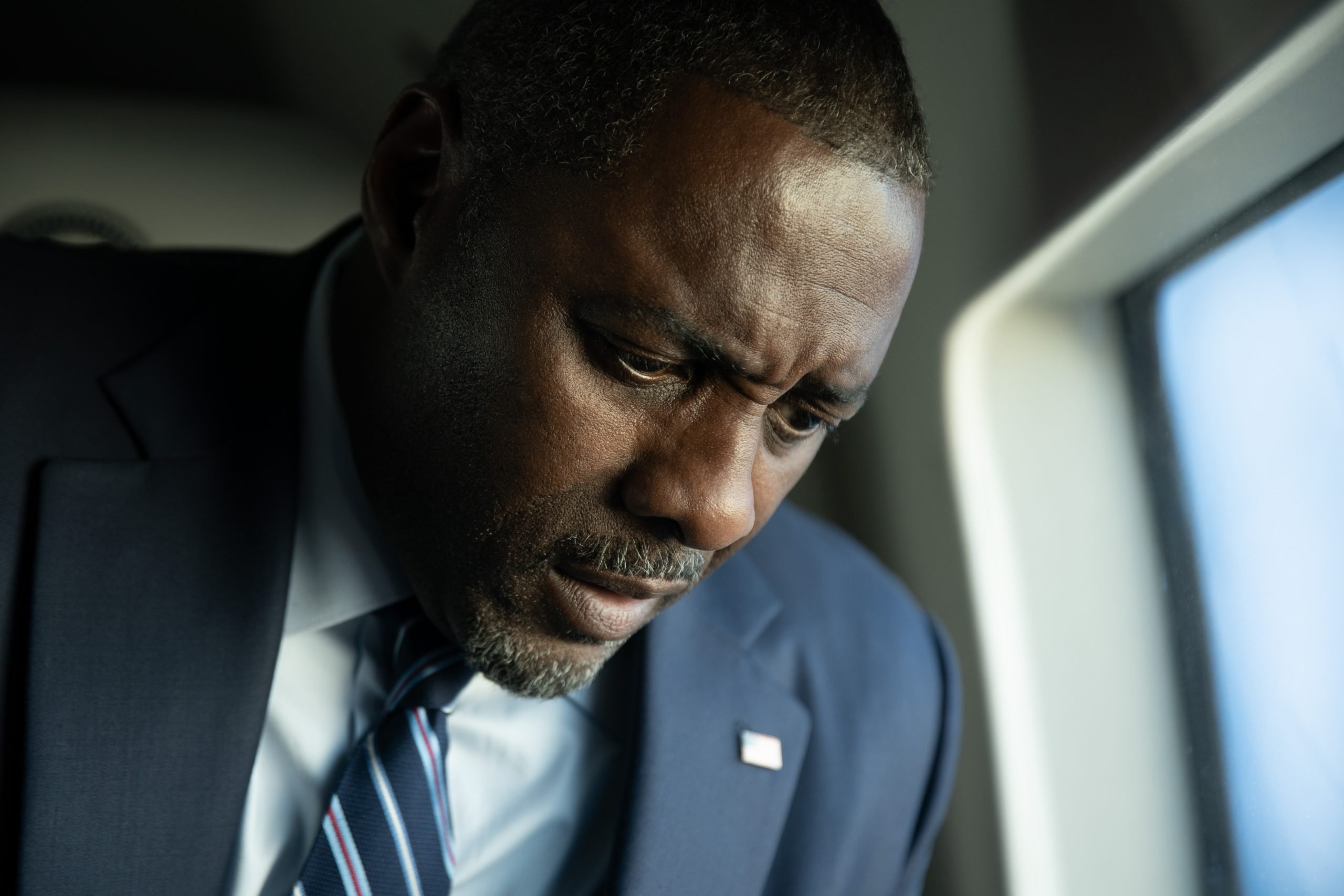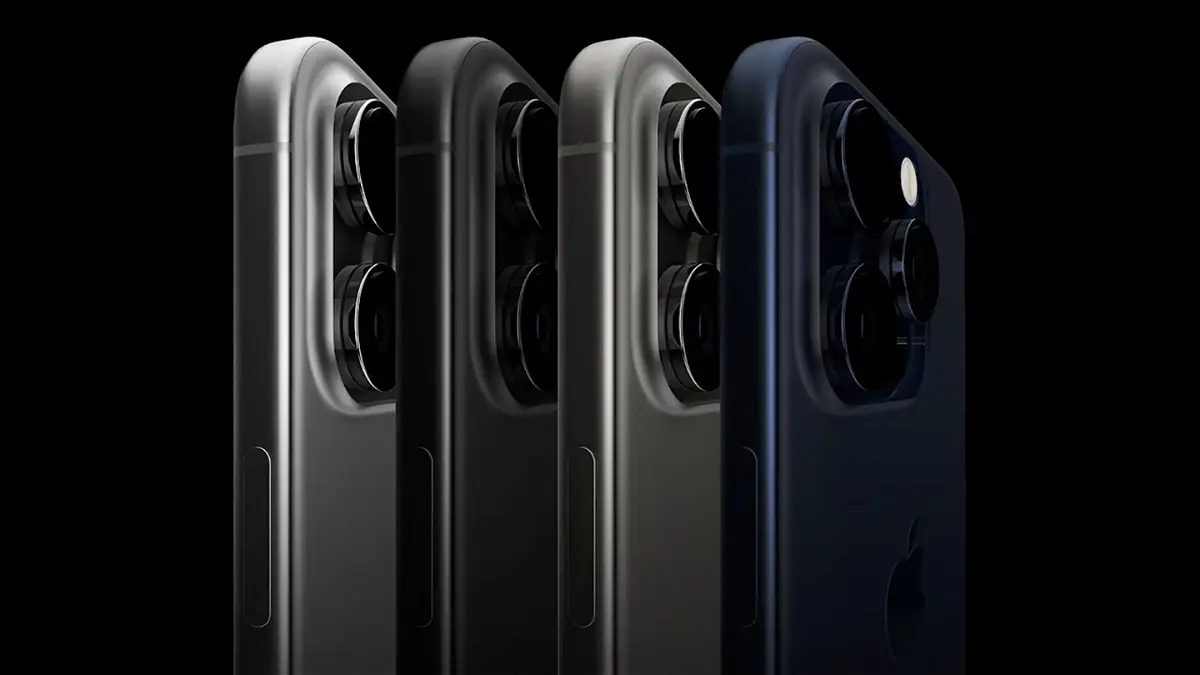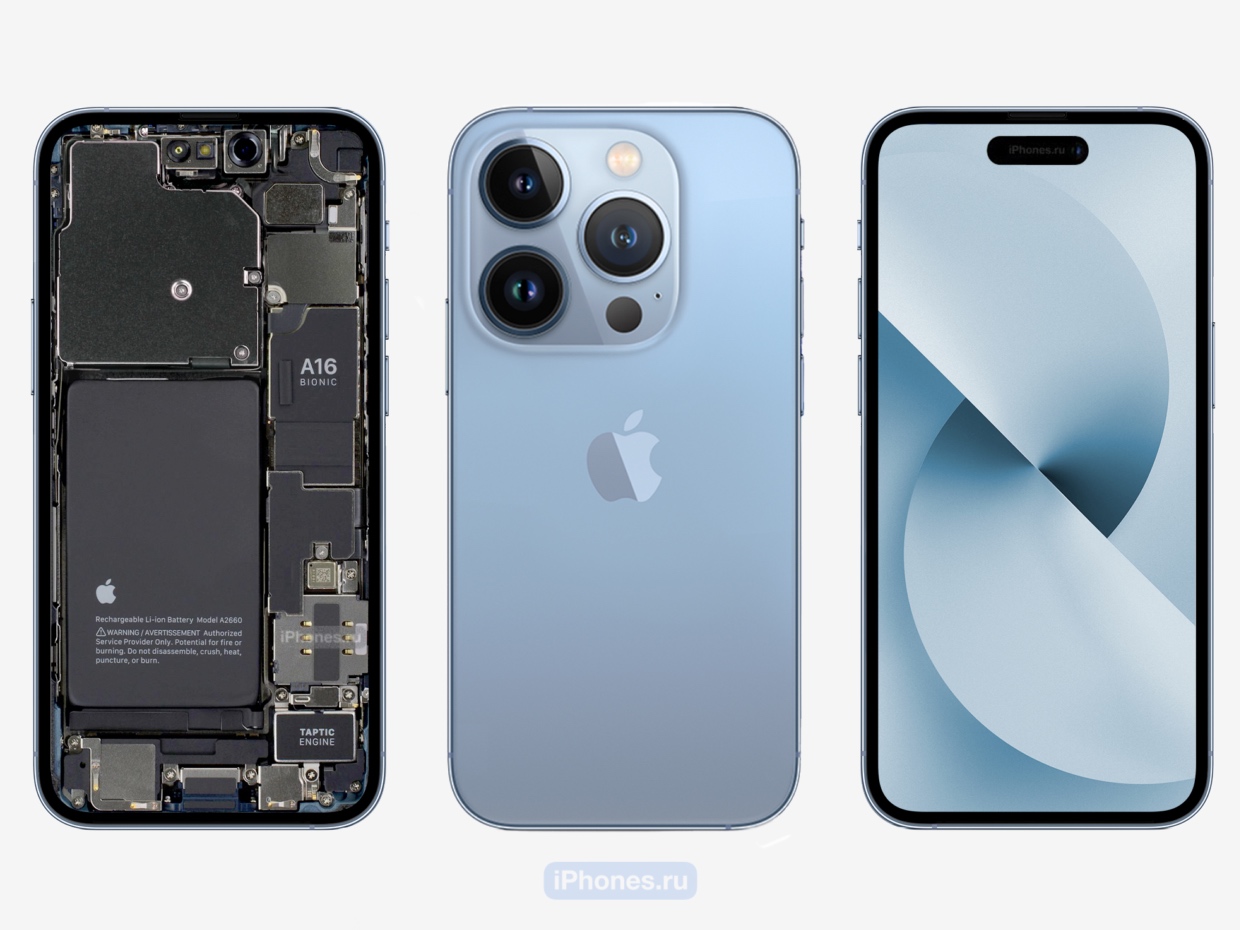Black phone 2 In many ways, this premise has little or nothing to do with the story of the original film. Scott Derrickson, who returns to write and direct the sequel, explores the universe from an experimental perspective. That, leaving the territory of a serial killer who will have to face supernatural powers to delve into the demonic villain.
Actually, from the first scenes it is clear how the story will resolve its main problem: death grabberplayed by Ethan Hawke. The killer is no longer a man, but an inexplicable creature who has escaped – and the plot here is literal – from hell. To do this, Scott Derrickson, along with screenwriter C. Robert Cargill, decide to open a crack between the real world and the world of dreams. moving the story towards more abstract terrain.
The tone now moves away from realistic suspense to horror closer to the supernatural delirium of the eighties. The Grabber is a creature that can hide in your sleep, a la Freddy Krueger, played by Robert Englund. This turns into Black phone 2both an oblique tribute to the classic 1980s saga and a new version of its original story. An intriguing combination but it doesn’t always work and isn’t as nuanced as the original film.
An inexplicable enemy lurks
Overall, the film doesn’t stray too far from its most famous moments. Set in 1982, a few months after the original, the plot half-heartedly focuses on Finny (Mason Thames). The only survivor of Grabber, he tries to cope with the infamy that his meeting with the killer left him. But over time, he became a fan of school fights and recreational marijuana. On the other end is his sister Gwen (Madeline McGraw). He has increasingly developed and accurate psychic abilities.
Thus, the story puts her at the center, relegating her brother to a more introspective role. A plot decision that then allows the film to turn Gwen’s visions into the guiding thread of the story. Inevitably, her psychic abilities lead her to a religious camp, where a new incarnation of Grabber is wreaking havoc. Black phone 2 He then demonstrates his best ideas by discerning nightmares in which a killer attacks with a Super-8 aesthetic and a completely different visual treatment than the rest of the film.

However, the plot has a problem with trying to piece together an ambitious map of situations that it can’t fully explore. This time the script is more focused on providing context for the characters rather than creating a new setting. So you waste time, energy and meaning trying to understand the origin of the visions Gwen, how the Brave One returned from Hell and how he should be destroyed.
Black Phone 2 has a story to tell without time or order.

One of the film’s shortcomings is the disorganization of the narrative. While the first one was simple and straightforward, this time it seems to be trying to cover many ideas at once. From the nature of the paranormal, from dreams, consciousness and psychic abilities to trauma and the legacy of the past. I show it all the time how dangerous your main character is and what new places he can attack.
But, despite the interesting offer, Black phone 2 It cannot be compact or consistent enough to provoke real terror. Besides some screamer and Grabber’s impressive presence, the truth is that the film doesn’t do a good job of exploring its premise. Much worse, it becomes confusing and chaotic, when it tries to be surreal or, at best, mysterious.

The director seems torn between two impulses: to continue the rigor of the original or to completely immerse himself in visual delirium. This hesitation is noticeable. New explanations for Gwen’s abilities or flashbacks to her suicidal mother add emotional punch but also weaken the mystery. By trying to justify every supernatural element, the film becomes less disturbing. What was dry and straightforward horror in the first part is transformed here. in its presentation of reasons it is closer to spiritual drama than to pure horror.
Regardless, the visual offering is remarkable. Derrickson films the dream sequences with film grain and a sick light that seems to come from another dimension. These scenes, combining everyday life with hallucinations, create their own identity. The dream texture, almost documentary in its rawness, manages to convey Gwen’s confusion in the face of a world that makes no distinction between what is real and what is imaginary. It is in those fragments where Black phone 2 reaches its highest point: atmospheric cinema, where the image outweighs the plot.
Source: Hiper Textual


